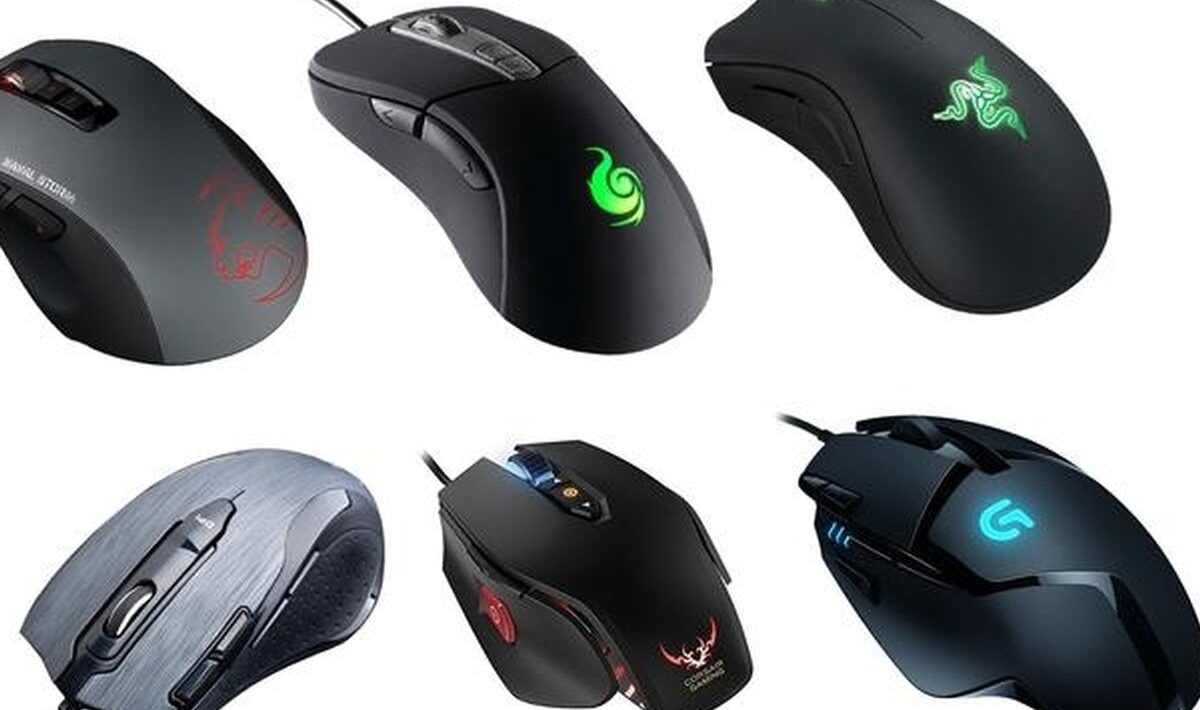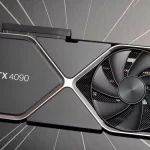PC gaming requires the player to implement the use of many more coordinated movements, and separate hand gestures altogether than a console gamer typically has to use. A controller, gripped in both hands, needs only thumb, index, and middle finger movements to coordinate, whereas a PC commonly requires the use of the “WSAD” strafing movements, and auxiliary keys with one hand, while the other hand diligently commandeers a mouse for the Y, and X-axis, as well as the actionable buttons.
All of this translates to far superior coordination when done properly, with much practice, and of course, the right hardware! For gaming purposes, your run-of-the-mill office mouse will never hold up to a device that is built solely with gaming in mind. The difference is noticeable between traditional desktop mice and those for PC gaming. You have a few options as far as classifications, and they all differ quite a bit, depending on your preference.
- Wireless- Requires a USB dongle, which will come with the mouse. It has the advantage of being cordless, but that comes with the disadvantage of needing batteries or charging.
- Bluetooth- Similar to the previous, but typically doesn’t require a USB dongle.
- Wired- The preferred choice of most PC gamers. Offers low latency, and endless connection at the cost of wire limitations.
- Macro- This can fit in any of the above categories, but has a special advantage for RPG players; a multitude of programmable hotkeys!
Choosing the right hardware can be a challenge, with so many options available these days. Alleviate your purchase anxiety with some helpful details below!
Considerable Factors
With current advances in wireless mouse technology, it’s not absurd to suggest that you might find a wireless mouse with equal, or even superior benchmarks to a wired counterpart. Truthfully, it all comes down to preference, budget, and gaming style. That being said, the age-old adage of “wired beats wireless,” simply isn’t the case any longer. Both have their notable advantages and their unfortunate shortcomings, and both will deliver the quality that you invest into them. Though some budget mice have received stellar reviews, as a generalization, when it comes to computer hardware, you get what you pay for!
Some important things to look for are:
- Quality Buttons- We’ve all felt that mushy, almost generic click that comes from a low-quality device, whether it’s a mouse, keyboard, laptop, or even a television remote! Those soft-feeling button presses are the result of non-mechanical, often rubberized “gel caps” that press a relay instead of the preferred soldered actuator.
When you feel the resistance and tactile “pop” that a good button press should entail, then you know you’re good to go. Ideally, each button should have its actuator, instead of a two or three-way lever switch; such as the ones you see in cheap notebook click pads.
- Optical Sensor Sensitivity- The more sensitive your sensors are, the more overall accuracy you’ll experience as a result! Though, DPI can give you a pretty good idea of the capability of your mouse, the latency which translates through your reaction times is what you’re looking to decrease.
Most mice these days are mistaken as faster and more accurate, absurdly based on the DPI capabilities, which will never be efficient when topped out. It’s a hindrance to raise your DPI setting too high, which will almost certainly cause your movements to overshoot a target.
Simply put; never judge the quality of a mouse solely on its DPI rating. The only way to know for certain how your latency will fare is by the tried and true method of testing it for yourself!
- Macro Keys- If you’re more of an MMORPG kind of gamer, then you have a mouse type all your own! Most gaming mice contain your mandatory right and left click, plus the scroll wheel, and usually a thumb accessible dual button forward/backward combo. A macro mouse will contain a host of programmable hotkeys which you can map to any possible key configuration you may need.
Many of these mice are very well designed, with ergonomics in mind, as well as customization to the fullest extent possible. You can even find some variants that have interchangeable button pads for the most comfortable preference you could encounter in a mouse!
- Cord Material- An often overlooked variable to a gaming mouse is the quality of the cord; assuming you choose to go with a wired variant. Similar to a phone charger, a low-quality cord will inevitably start to fray internally, which will cause lagging, disconnection, and eventual uselessness.
For maximum durability, it’s recommended to choose a mouse with a paracord cable shell. This helps to protect against internal fraying, while also granting less resistance when moving the mouse. Traditional rubber wire covering tends to bind up, and doesn’t bend quite as freely, whereas the paracord wrapping will move fluidly with your every movement, and will never bind up!










